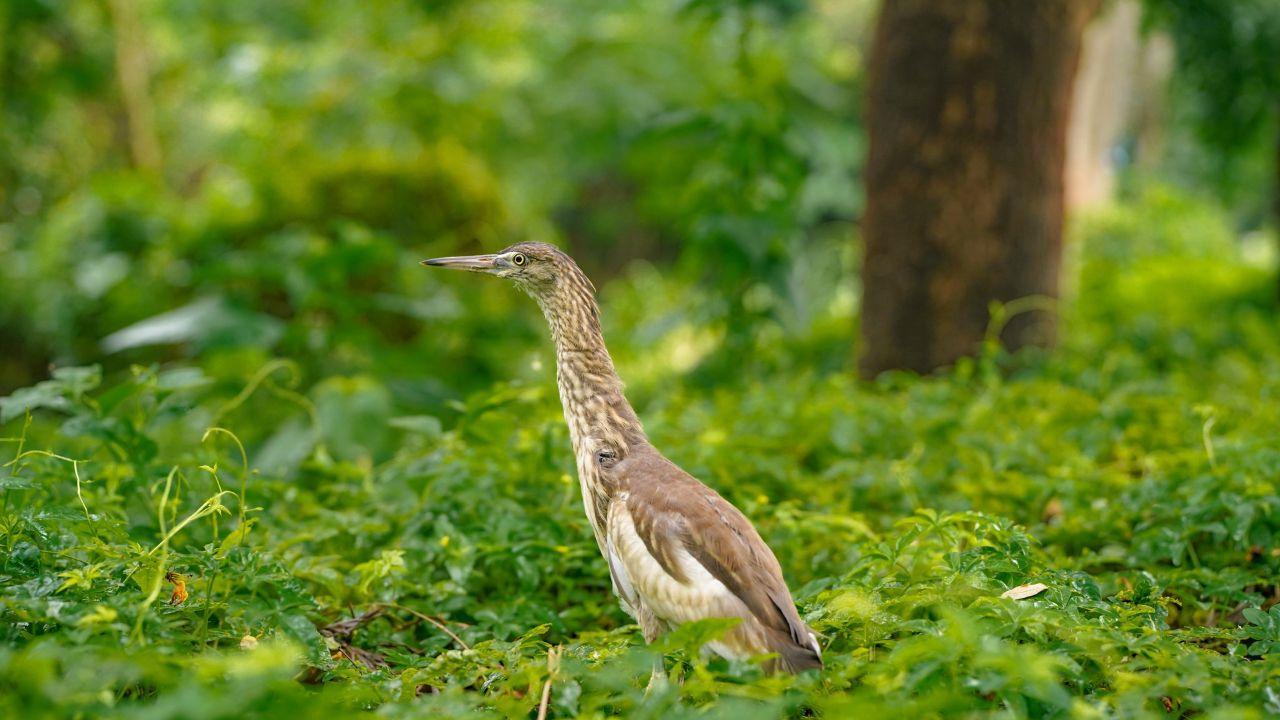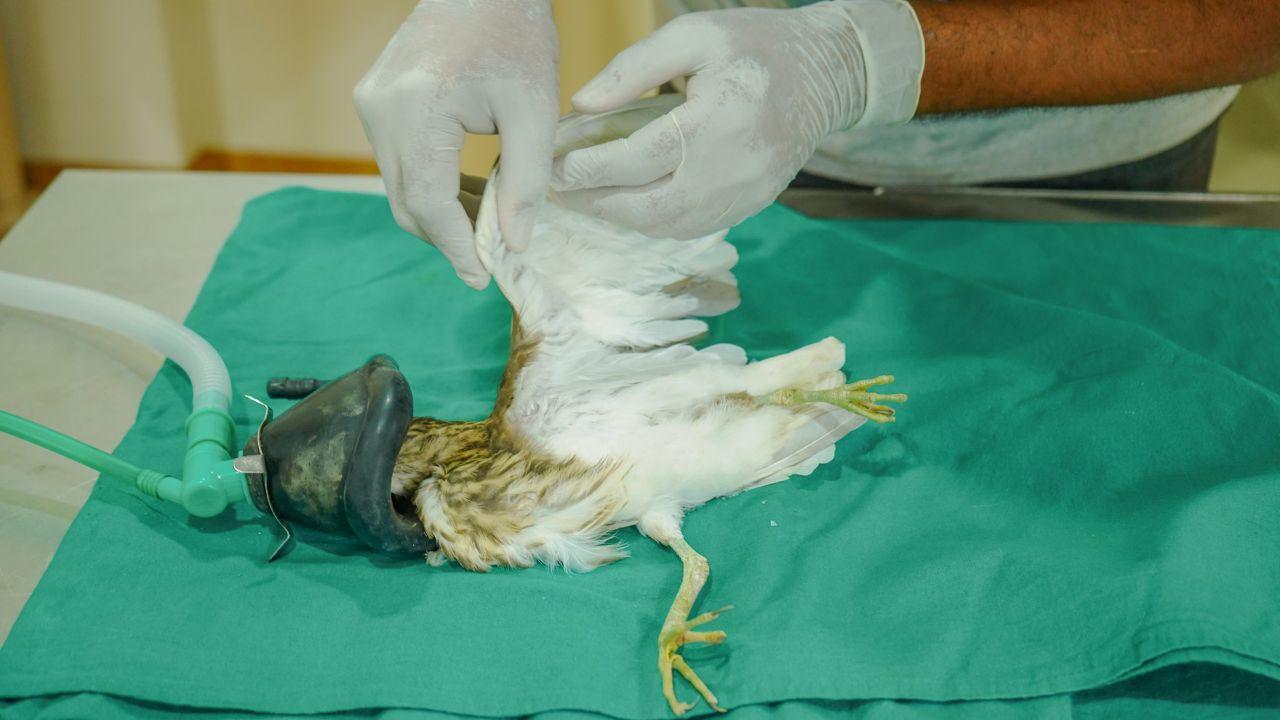The bird was under care for 15 days at the multi-speciality hospital in MLRC and after a remarkable recovery, the heron was released back into the wild.

The pond heron was released in its natural habitat after recovery/ Sourced Photo
An injured pond heron that was rescued from Junnar by the Maharashtra Forest Department, was treated by the Wildlife SOS veterinary team at the Manikdoh Leopard Rescue Centre (MLRC). The bird was under care for 15 days at the multi-speciality hospital in MLRC and after a remarkable recovery, the heron was released back into the wild.
ADVERTISEMENT
In a hope-instilling case, Wildlife SOS was entrusted with the treatment of an injured pond heron by the forest department. Upon discovering the heron at the side of the road by the forest department, the bird was brought to the Manikdoh Leopard Rescue Centre in Junnar for necessary treatment.
After being sedated, the bird underwent a thorough medical examination. This included heartbeat detection and fracture assessment through palpation. Furthermore, an x-ray revealed a fracture in the bird's right wing, initiating the treatment process. The avian was kept in isolation in a warm and safe enclosure. This, accompanied by the multivitamins and nursing provided by the veterinary team, allowed the fracture to heal undisturbed.
 The pond heron was treated at the Manikdoh Leopard Rescue Centre/ Sourced Photo
The pond heron was treated at the Manikdoh Leopard Rescue Centre/ Sourced Photo
Dr Avinash Visalkar, Veterinary Officer, Wildlife SOS informed, “We provided a nutritious diet of fish to support and strengthen the heron’s recovery. A follow-up x-ray showed remarkable improvement in the bone structure. After 15 days of thoughtful attention and care, the bird's wing had recovered.”
The next step was to ensure that the heron returned safely to the wild, where it could thrive. The Wildlife SOS and the forest department team found a suitable natural habitat for the release and watched as the bird spread its wings and took flight once again.
Kartick Satyanarayan, Co-founder and CEO, of Wildlife SOS expressed, “When keeping an animal in care, we try to mimic their natural surroundings so that they feel comfortable. Ensuring a safe environment, along with nursing, treatment and nutrition, is also important in the recovery process.”
Amit Bhise, Assistant Conservator of Forests, Junnar Division said, “After we found the bird injured, we brought it to the multi-speciality hospital for treatment. The heron’s encouraging recovery was a positive sign, and we were thrilled to oversee the bird’s eventual release back into the wild. The hospital, established in 2022 and run jointly by Wildlife SOS and the forest department, has been a positive step in saving the lives of numerous wild animals.”
 Subscribe today by clicking the link and stay updated with the latest news!" Click here!
Subscribe today by clicking the link and stay updated with the latest news!" Click here!







